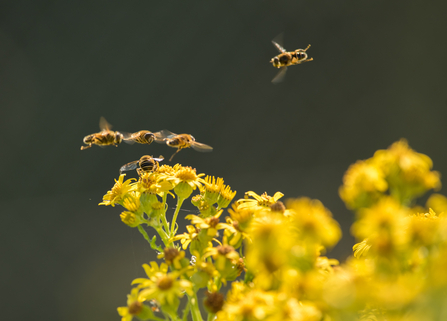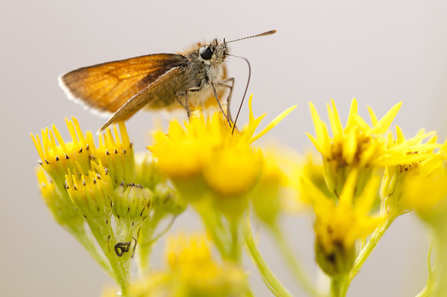When it comes to wildflowers and the law, three striking facts co-exist:
- We have a native wildflower that provides food for over a hundred different insect species - 27 of which feed on it alone. Insects thrive wherever the wildflower springs up, from peacock butterflies to carpenter bees, attracted by the plant’s energy-rich and long-lasting food supply.
- We have an insect crisis, having lost more than 50% of our insects since 1970, with reduced food supplies from wildflowers declines being a contributing factor. This crisis has consequences going all the way up the food chain, exacerbating the decline of nature. Pollinators have been hit particularly hard, which poses an existential risk to food production.
- We have a law, passed 66 years ago, which leads to this wonderful, wildlife-boosting wildflower being removed if spotted, across vast swathes of the countryside.
Welcome to the topsy turvy world of common ragwort, and the Weeds Act 1959. Thanks to this archaic piece of legislation, land managers spend huge amounts of time and money every year destroying a biodiversity-boosting wildflower.



